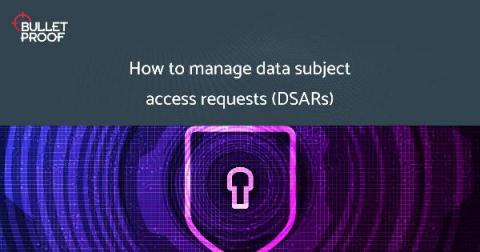Why automation is critical for your software development
Automation, when done properly, can improve the productivity, quality, safety and security in your software development. Automation isn’t just a “nice-to-have” element of modern business. It’s a “must-have.” Companies simply can’t compete on multiple levels—quality, speed to market, safety, and security—if they rely on manual tools and processes.









